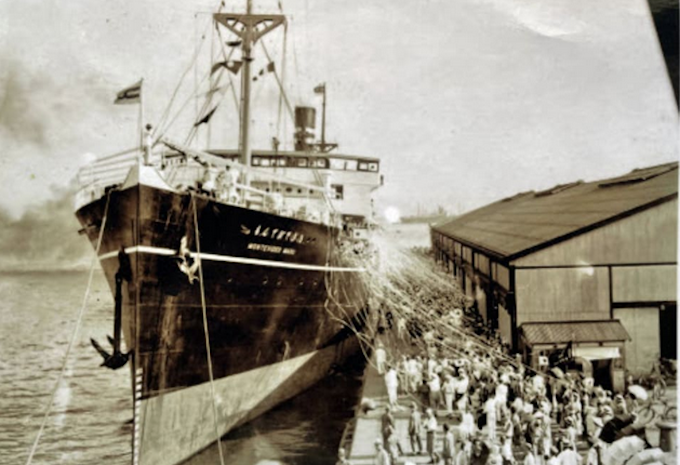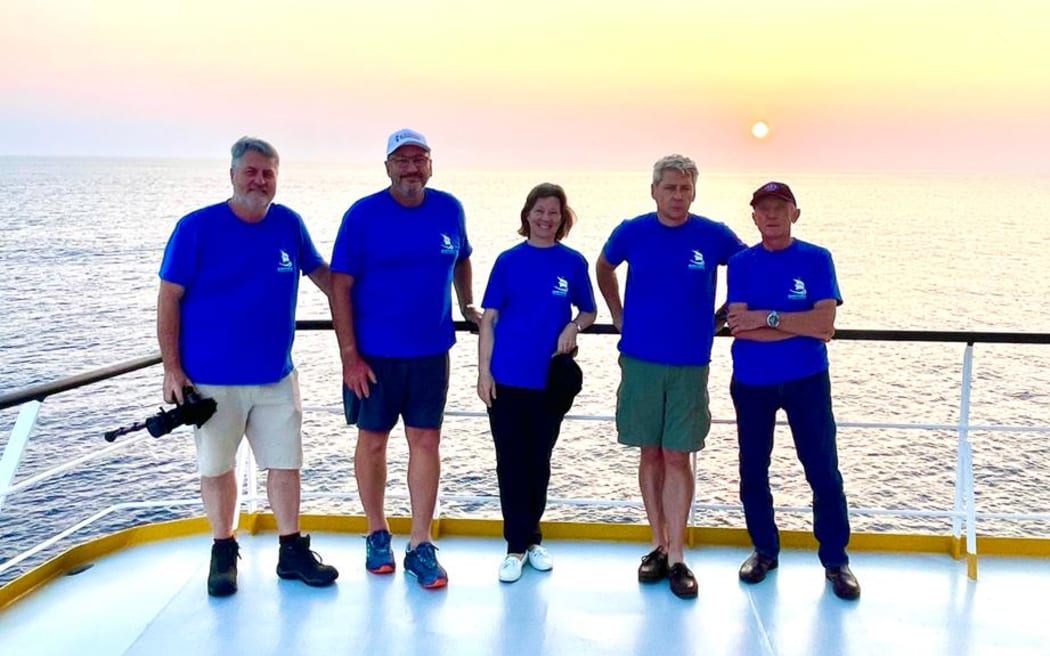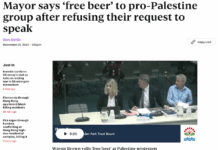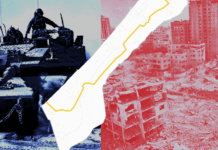
An Anzac memorial service was held above the site in the South China Sea where a Japanese freighter — which had been carrying more than a 1000 prisoners — was sunk by an American submarine in 1942.
The Montevideo Maru, carrying soldiers and civilians captured when Japan invaded Rabaul in Papua New Guinea in January 1942, was torpedoed by the USS Sturgeon off the coast of the Philippines in July 1942.
A total of 979 people died, almost all Australian, but there were a number of other nationalities, including three New Zealanders.
The wreck was located last week by the research vessel Fugro Equator and the Silentworld Foundation, using an autonomous underwater vehicle.
One of those on board the Fugro Equator is Andrea Williams, the chair of the Rabaul and Montevideo Maru Society, who said the site, at more than 4000m deep, will remain untouched and be treated as a sacred place.
She said the crew on the Fugro held a service on Anzac Day over the site of the wreck.
“That was a tremendously moving experience as you can imagine,” she said.
“You know, being out on the Fugro Equator, and you have had the vast deep blue ocean just spread all around you, and just think about all the lives that were lost. So having a service over the site was tremendously special and very, very moving.”
Williams, who lost an uncle and her grandfather on the ship, helped form the Rabaul and Montevideo Society in 2009, after the sinking had been largely ignored by the Australian government and media.

She said ahead of each Anzac Day she would write to media outlets asking them to cover the sinking, which remains the worst maritime disaster in Australian history.
But Williams said more and more people linked to the society found the gatherings were “really comforting for the families because they could talk about it to other people who understand their generational grief really, I think”.
“And you find in the early days you have more of the siblings of those who had died on the Montevideo Maru, and also more of the children.”
She said with the greater recognition it was rewarding to know that the men lost on the Montevideo Maru were not forgotten.
This article is republished under a community partnership agreement with RNZ.











































